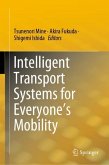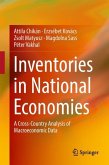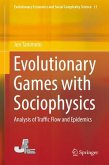This book is the first systematic exposition of advances in Kaiyu studies carried out by the author and his colleagues in Japan and other parts of Asia. Consumer shop-around behavior is referred to as Kaiyu in Japanese, a term widely used in several fields such as city planning, marketing, real estate, tourism, and regional policy. The book demonstrates how Kaiyu research has evolved from the original idea to the present state and envisages prospective Kaiyu studies in the age of big data and the Internet of Things (IoT). The distinguishing feature of their research is that Kaiyu is regarded as consumers' simultaneous decisions sequentially made while undertaking their shop-arounds as to which shops they visit, for what purpose, and how much they spend there. This is a sharp contrast to much research on trip chains, which only deal with spatial movements. As a result, their studies first succeeded in empirically exploring the relationships between consumer shop-around movements and money flows among shopping sites within a city center retail environment. As a result, the author and his coworkers uncovered the roles of many urban policies and facilities inexplicit so far by revealing how they contribute to the turnover of the whole town through stimulating Kaiyu . This gives a universal means of evaluation for urban development policy. Thus they have refreshed the scope of consumer shop-around studies from shop-around movements in the context of city planning, shopping marketing, and evaluation of urban revitalization policy, to town equity researches. This book presents step by step these conceptual developments by showing concrete research examples from their vast Kaiyu studies based on numerous empirical interview surveys at real retail environments.








